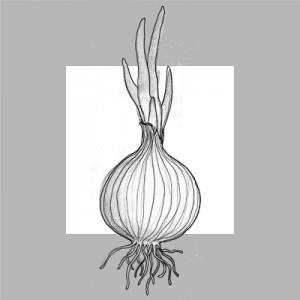Images for the onion test are being transferred to “the Box” on my university webspace account (they are retiring the old Goliath server and transferring to the new “Box.com” system this summer, so I figured I’d make the switch right away instead of waiting until summer. The Box has 10GB of space, which also facilitates things… the entire onion file is 1.12 GB and did not fit on the mywebspace).
At home the upload speed of my connection is 2.5 Mbits per second, so I am heading to the library for a few hours to hopefully take advantage of the faster time and avoid waiting 14.5 days for an upload that is just another test image. My computer is slow, my connection is slow, that’s life, so I am doing what I can to facilitate this process.
EDIT: already so much faster!
EDIT EDIT: well, not that much faster… JPEG might be the way to go for test? smaller sizes?
For the final, I am re-doing the main outline to clean up some areas, since every detail really shows up in the large zoom. As I am working on the cell detail in the root area, the main drawing is wibbly enough that it requires some smoothing.
The brushes in Photoshop seem to favor a hard brush rather than a touch=sensitive one for the really close up shots, just to maintain a consistent line for cell walls.
The UW Botany dept is very generous with their time and resources, and I will be using their high-quality scanner to get cross-section images of my onion once it has started to sprout. They have many slides of root cell samples, which have been very helpful with that area of the drawing, but the leaves will have to wait until I have a sample to section and view… so I am growing one.
In the meantime, I am working on the overlaying images for a cricket (Order: Grillidae) based on drawings made during our cricket dissections in Entomology – including transparent underlays of the main outline and other organ systems so that it is easier to see how each organ interacts with other systems.
(image to be added later tonight)
Aspects I would like to figure out:
Lables: how to include them so they link to certain areas of the image and stay within the viewing frame. Most of the Google Maps information talks about linking to atlases, and has good information about creating point labels, but I’m still a little unclear about creating your own specific “street names” (in a manner of speaking) for the parts of the drawing.
Layers: Make it easy to switch back and forth between organ systems at various levels of zoom without having to start at the beginning. The developer page of google maps has some good information on this.
How to feel like a complete idiot:
Attempt doing simple tasks in a medium you are entirely unfamiliar with.
How to learn new things:
See above.




